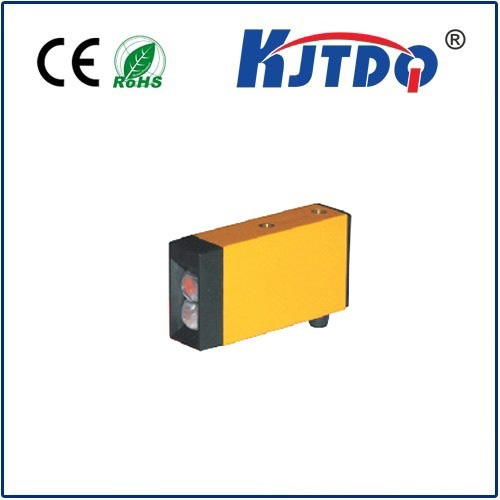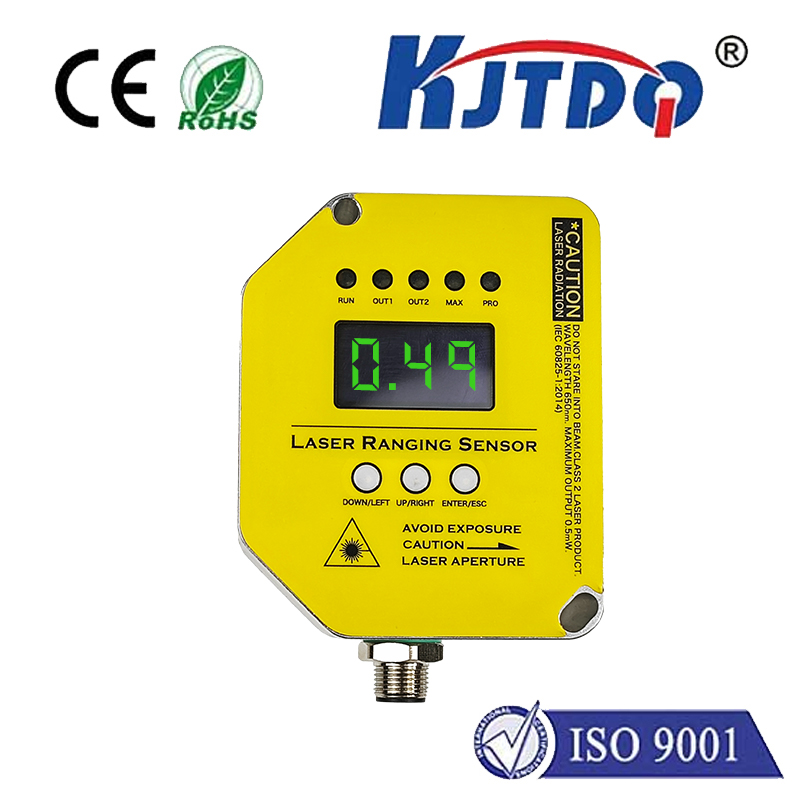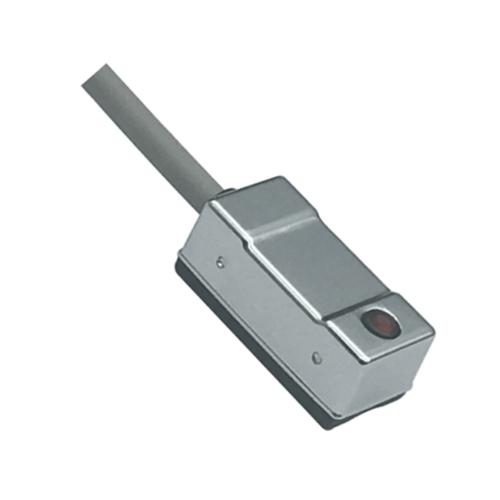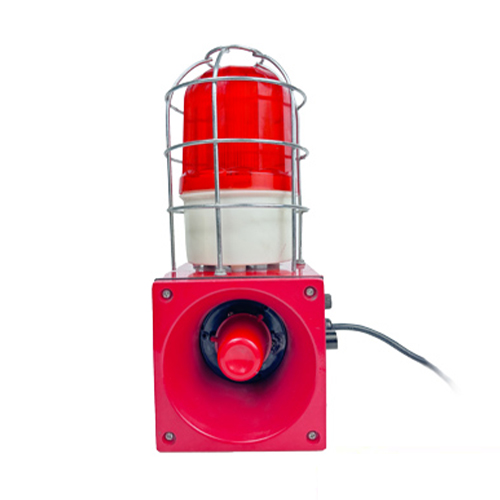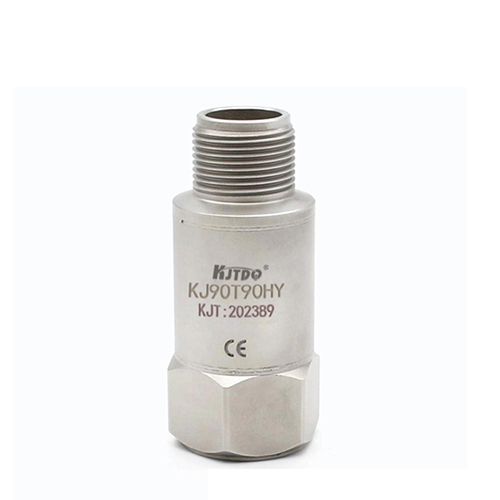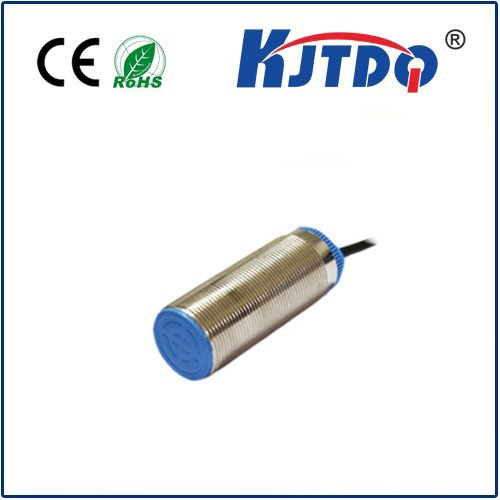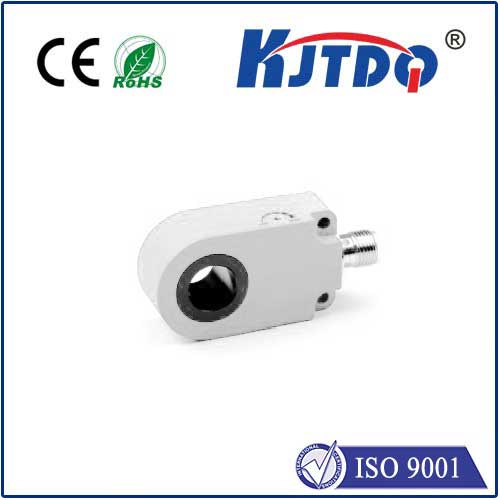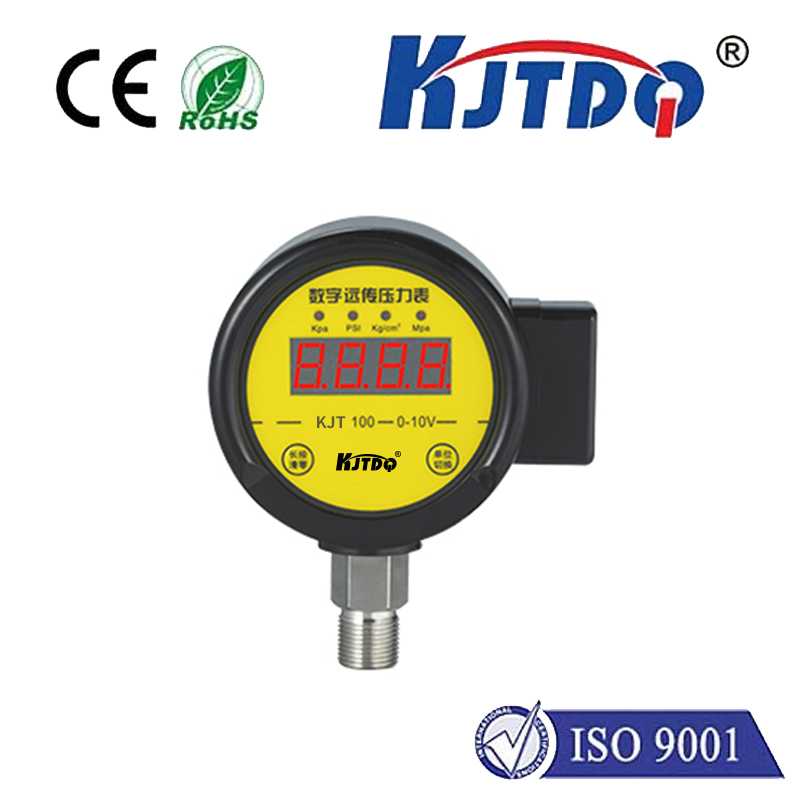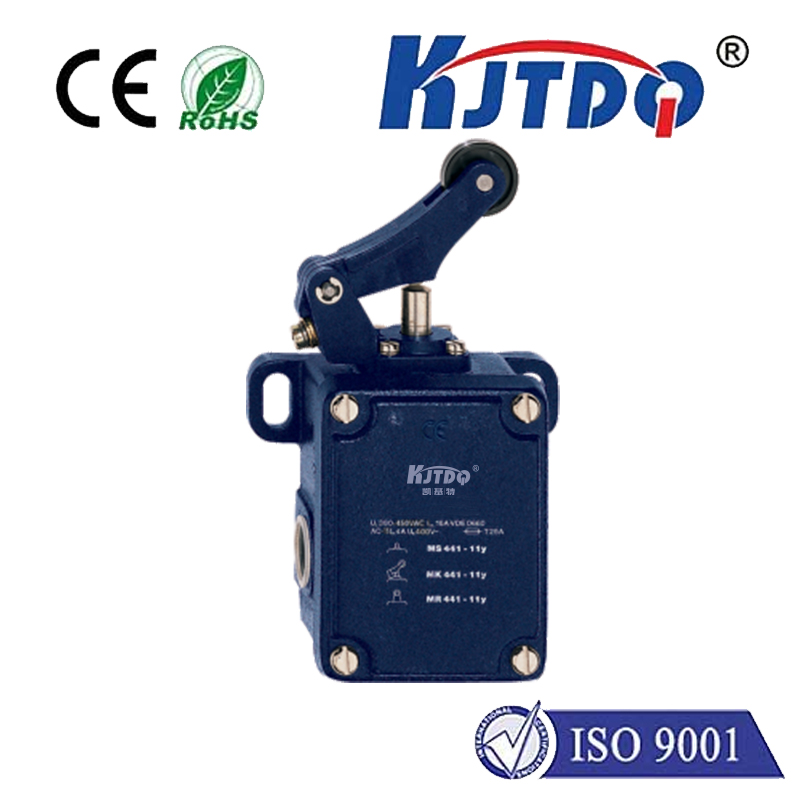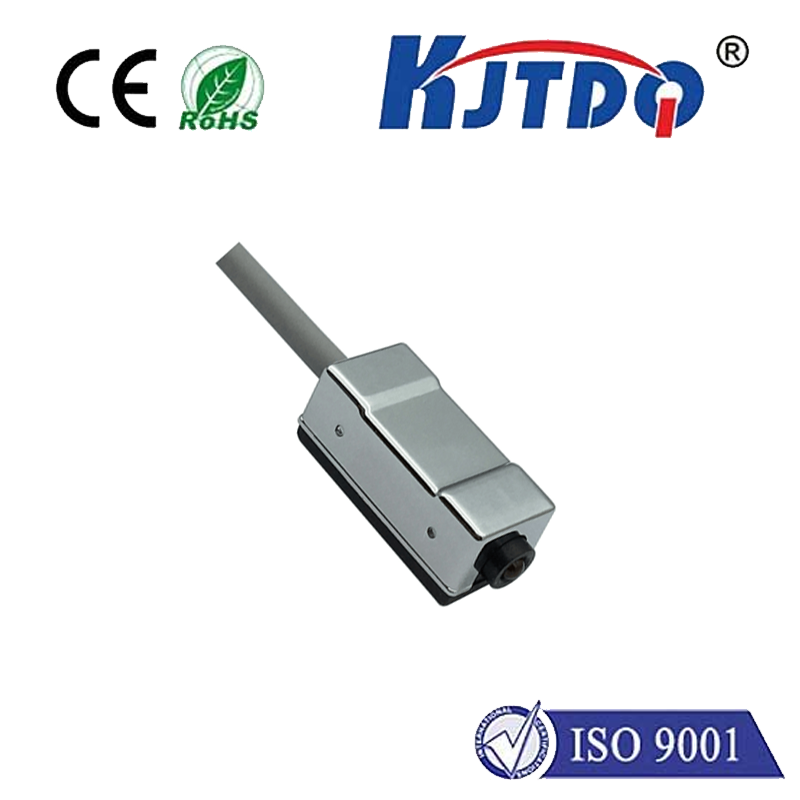BES0204 high pressure proximity sensor
- time:2025-10-02 06:34:00
- Click:0
BES0204 High Pressure Proximity Sensor: Your Uncompromising Solution for Demanding Industrial Environments
Imagine a critical hydraulic press in a steel mill, operating under immense pressures, where a single sensor failure could trigger catastrophic downtime costing thousands per minute. Or picture a high-pressure injection molding machine, its cycles relentless, demanding absolute reliability. In these punishing worlds, ordinary sensors falter, crushed by the environment they’re meant to monitor. This is the domain where the BES0204 high pressure proximity sensor doesn’t just function – it thrives, delivering unwavering performance where others fail.
High-pressure proximity sensors are specialized workhorses designed to detect the presence or absence of metallic objects in environments subjected to significant external pressure forces. Unlike standard sensors, these robust units are engineered to withstand the physical stress, potential fluid ingress, and extreme conditions prevalent in applications like heavy hydraulics, die-casting, press automation, offshore equipment, and high-pressure fluid handling systems. The BES0204 model epitomizes this resilience, representing a category built for endurance and precision under duress.
The Core Challenge: Pressure as the Enemy
Standard inductive proximity sensors excel in countless applications but possess a critical vulnerability: their housing structure. When exposed to significant external pressure (often measured in hundreds or even thousands of PSI/bar), conventional sensor bodies can deform. This deformation can:
- Compromise Seal Integrity: Leading to fluid or contaminant ingress, causing short circuits and sensor death.
- Shift Sensing Characteristics: Alter the effective sensing distance or trigger point, causing erratic behavior or missed detections.
- Cause Catastrophic Failure: In extreme cases, the housing can rupture completely.
This vulnerability makes standard sensors unsuitable and potentially hazardous in high-pressure scenarios. Downtime, maintenance costs, and safety risks skyrocket. The BES0204 high pressure proximity sensor directly addresses these fundamental weaknesses.

Engineering Resilience: What Defines a High Pressure Sensor like the BES0204?
What sets the BES0204 and similar specialized sensors apart? It’s a combination of meticulous engineering choices:
- Reinforced Housing Design: Utilizing thick-walled, high-strength materials like 316L stainless steel or specialized alloys. The barrel wall thickness is significantly increased compared to standard sensors, providing inherent structural rigidity to resist deformation under load.
- Advanced Sealing Technology: Employing multiple, redundant sealing systems – often high-performance elastomers like FKM (Viton) or FFKM, combined with precision metal-to-metal sealing – to maintain an IP69K rating or equivalent, ensuring no ingress even under high-pressure washdown or submersion.
- Pressure-Compensated Internal Design: Careful internal component placement and potting techniques help mitigate the effects of pressure differentials acting on internal elements, maintaining stable electrical characteristics and sensing performance.
- Robust Connection Systems: Utilizing hermetically sealed M12 connectors or ruggedized cable glands that withstand pressure and prevent leaks at the critical connection point.
Where the BES0204 High Pressure Proximity Sensor Proves Indispensable
The environments demanding this level of robustness are diverse and demanding:
- Hydraulic Systems: Monitoring cylinder end positions, valve actuation confirmation, or component presence within high-pressure hydraulic power units (HPUs) and presses where system pressures routinely exceed 300 bar (4350 PSI) or much higher.
- Die-Casting & Injection Molding: Detecting mold closure, core pulls, ejector positions, or machine guards on equipment generating clamping forces of hundreds or thousands of tons, where hydraulic pressures are extreme and the environment is hot, oily, and harsh.
- Metal Forming & Stamping: Position sensing in massive stamping presses and forging hammers, where immense forces are applied and reliability is paramount to prevent costly tooling damage.
- Offshore & Subsea Equipment: Applications on oil rigs, underwater remotely operated vehicles (ROVs), or pipelines, where sensors face extreme pressures from depth (hydrostatic pressure) and corrosive seawater.
- High-Pressure Testing Rigs: Ensuring component positioning or safety interlocks within chambers designed to test vessel integrity at pressures far beyond normal operating conditions.
- Chemical & Petrochemical Processing: Monitoring valves, actuators, or pump states in processes involving volatile or hazardous fluids under high pressure, demanding leak-proof integrity and corrosion resistance.
Tangible Benefits Beyond Basic Sensing: Why Invest in the BES0204?
Choosing a sensor engineered like the BES0204 high pressure proximity sensor delivers compelling advantages:
- Unmatched Reliability & Longevity: Dramatically reduced failure rates in high-pressure zones translate directly to maximized machine uptime and lower total cost of ownership. Predictable performance under stress is key.
- Enhanced Safety: Preventing leaks of hydraulic fluid or process media under pressure is critical for personnel safety and environmental protection. A ruptured sensor can be a significant hazard.
- Reduced Maintenance Costs: Fewer sensor replacements mean lower spare part inventories and less labor spent on troubleshooting and changeouts in hard-to-reach or critical locations.
- Consistent, Accurate Detection: Maintaining precise sensing distance and repeatability despite pressure fluctuations ensures process control remains stable and product quality isn’t compromised by faulty signals.
- Suitability for Harsh Conditions: Beyond pressure resistance, the robust build typically includes excellent resistance to vibration, shock, temperature extremes, and aggressive chemicals found in these demanding settings.
Key Considerations for Implementation
Deploying a BES0204 high pressure proximity sensor effectively requires attention to detail:
- Precisely Match Pressure Ratings: Ensure the sensor’s specified pressure rating (both static and dynamic/differential pressure if applicable) comfortably exceeds the maximum anticipated pressure in the installation location. Don’t marginalize this spec.
- Understand the Pressure Source: Is the pressure static (like deep underwater), dynamic (like pulsed hydraulic pressure), or a combination? Sensor design and ratings might vary accordingly.
- Material Compatibility: Verify the housing material (316L stainless steel is common) is compatible with the surrounding media (oil, chemicals, seawater etc.) and any potential cleaning agents.
- Electrical Specifications: Match voltage, output type (PNP/NPN, NO/NC), and current requirements to your control system, just like any other sensor.
- Mounting: Ensure the mounting (flush or non-flush) and thread specifications align with your application needs. Proper torque during installation is crucial for achieving the rated pressure and ingress protection.
Conclusion
In the relentless, high-stakes world of industrial automation operating under crushing pressures, sensor selection ceases to be a minor detail. It becomes a critical determinant of uptime, safety, and profitability. The BES0204 high pressure proximity sensor represents a specialized engineering solution, born from the necessity to perform flawlessly where standard components cannot survive. Its reinforced construction, advanced sealing, and pressure-tolerant design deliver robust, reliable metallic object detection when failure is simply not an option. For engineers tackling the toughest applications in hydraulics, metal forming, offshore, or high-pressure processing, specifying a sensor engineered to the standards exemplified by the BES0204 is not an upgrade – it’s a fundamental requirement for assured operation and peace of mind. It’s the assurance that your critical detection points will hold their ground, cycle after demanding cycle.






